Why should startups invest early in brand building?
In 2018, a credit card payment platform to reward every transaction was silently launched. Initially, this startup’s marketing and communication were focused on blogs and youtube videos related to financial topics. Effectively the effort was to build a thought leader brand that serves customers with the most useful content to make them financially literate and their credit card usage trustworthy. After building a ‘connected’ brand and securing funding, the startup took its branding and marketing to the next level through IPL sponsorship and iconic ads like “Indranagar ka Gunda”. And we all came to know about this ‘unmissable’startup as ‘Cred’.
Similarly, in 2015 the health tech startup, PharmEasy was launched. This B-school project at IIM-Ahmedabad is today the biggest pharmacy aggregator in India, catering to 25 lakh families annually and the first ePharmacy unicorn in India. But till 2018, PharmEasy did not spend a single money on expensive mass media advertising. Instead, it successfully relied on word of mouth and performance marketing through social and other online media. Post-2018, the startup built upon the goodwill and credibility by going big on TV advertising, enabling its advertising message to reach millions of homes through the hit number “Urvasi Urvasi “, supplemented by the catchy tagline -- ‘Take it easy, PharmEasy’.
So what are the EARLY BRANDING lessons we can take from these two unicorns that went through the grind but were able to initiate a strong brand journey without spending big advertising dollars.
Treat your startup as a brand from day one
Brand building is a step-by-step process and a long haul. Therefore, the earlier the process of brand development begins, the better the chances of creating a strong platform for higher brand equity and reach in due course.
The notion that brand building is necessarily expensive and is the prerogative of big organizations with deep pockets needs to be thrown out of the window. Innovation is key in this time of new-age media. The approach should be to create cost-effective awareness and messaging by understanding the strengths and weaknesses of different media vehicles.
A key branding objective should be to develop ‘Brand Trust’
An Edelman global survey reveals that 81% of consumers trust the brand as an important determinant for purchase. However, despite a reliable product/service, building brand trust doesn’t happen overnight – it requires consistent and transparent communication, which stands the test of time.
Brand Trust essentially reflects the credibility of advertising claims as seen by the customers on a sustained, long-term basis and is instrumental in creating loyalty, engagement, and advocacy.
Focus on ‘Consumer Connect’
The startup, Cred, targeted colleagues of its existing users in an innovative way. Visualise a boring shift job, and suddenly out of nowhere, you receive a cake as a reward for paying bills. Yes, deep customer engagement can result from simple actions like sending a cake! Providing customers with a “wow” factor can be as simple as sending a handwritten thank-you note.
Never lose sight of the USP
Your ‘Unique Selling Proposition’ has to be the fulcrum of your branding and communication efforts. What differentiates your products/services from the competition is an important selling hook that needs to become the hook of your branding efforts as well.
While the USP can range across price, quality, service, speed, convenience and originality, the branding and communication should crystallize this unique strength by finding answers to questions like; What problem does the product/service solve? How is the offering different from that of the competition? How long will the USP remain unique? The right answers to these questions can form the basis of a compelling brand journey!
Brand Development execution is all about the right timing
The sense of timing for brand promotions, ground events, and other ATL (Above the Line) and BTL (Below the Line) activities is critical in creating brand equity and marketing traction. This can manifest in various ways. The offers and discounts by FMCG and consumer durable brands during the festival season is an example. Another example is the ‘Cred’ ad featuring Olympic Gold Medalist Neeraj Chopra.
Content and Social Media Marketing is unavoidable
In an increasingly digital world, brand building cannot ignore online marketing. The use of digital and social channels has exploded in recent times, and they are a powerful medium of reaching out to customers at large transcending geographical boundaries.
Also, online marketing efforts are measurable, allow storytelling, and offer the flexibility of pausing campaigns, taking corrective measures, and moving forward. Driving engagement to create brand loyalty is a great benefit of online media.
Look at branding beyond the obvious (like logo or website creation)
In this age of digitization and changing consumer habits towards media consumption, startups should leverage a plethora of cost-effective or open-source technologies available that enable laser-sharp targeting of potential customers.
To sum up, a strong brand is built on equally strong ideation and provides great value to the business. Brand building is not just for large or legacy corporations - think of ‘Paytm Karo’, the catchy slogan that has become synonymous with barcode-based mobile-led payment. Your brand is the gateway to your business, and if your branding efforts are genuine, remarkable and experiential, then you may well have the recipe for success!
Atul Raja is Executive Vice President – Global Marketing at Wadhwani Foundation



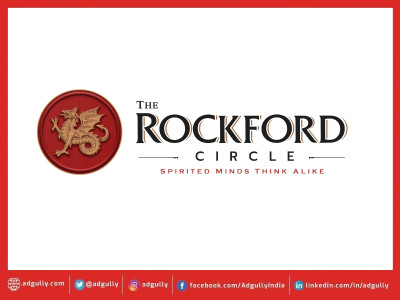

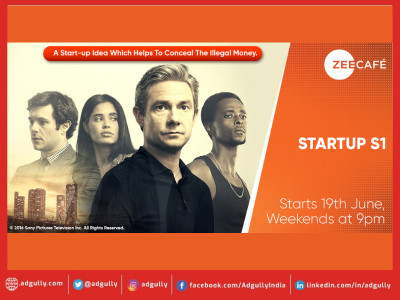
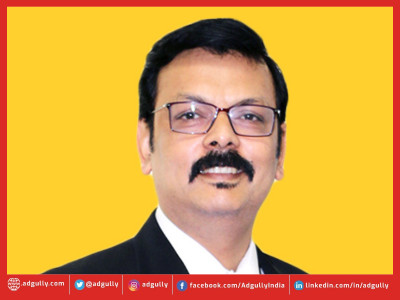

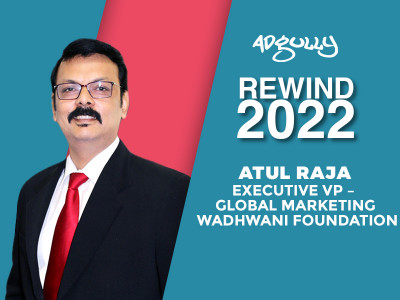

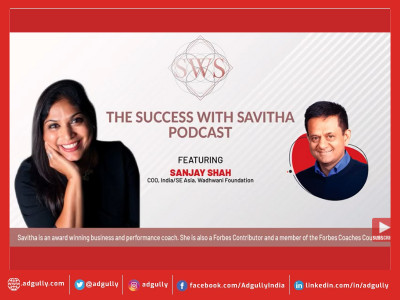
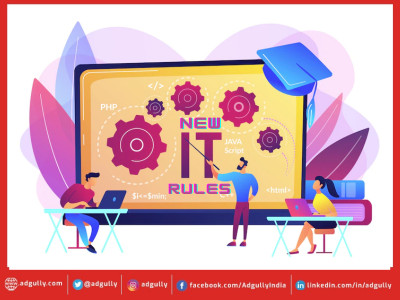


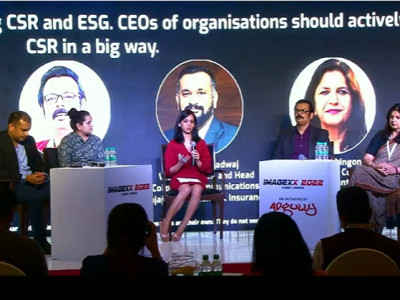


Share
Facebook
YouTube
Tweet
Twitter
LinkedIn